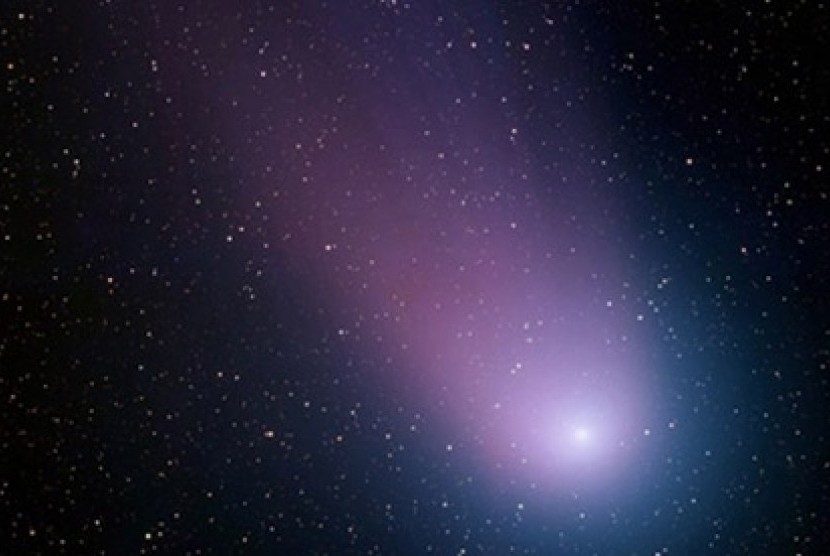REPUBLIKA.CO.ID, JAKARTA—If you have been observing social media in the last few days, you may have seen articles about comet C/2023 P1 (Nishimura). It crossed for the first time in more than 400 years.
This comet was discovered by a Japanese astronomer named Hideo Nishimura on August 12. Soon after, pre-discovery images of the comet from January were discovered, allowing astronomers to determine its path.
They immediately realized that Komet Nishimura will swing closer to the Sun than the orbit of the planet Mercury this month. Jonti Horner, Professor (Astrophysics) University of Southern Queensland, Australia wrote that considering the brightness of the comet when it was discovered, the comet could have been bright enough to be seen with the naked eye. However, it probably won’t be a spectacular sight in our skies.
Unfortunately, Nishimura’s path will keep him close to the sun in the sky as observed from Earth. While it is bright enough to be visible to the naked eye in a dark sky, at best it will cover the horizon just after sunset almost lost in the sunlight.
Even so, astronomers around the world remain excited. Even comets that are difficult to spot with the naked eye are worth observing. “Comets are like cats: they have tails, and they do what they want,” said author and astronomer David H. Levy, reported SpaceTuesday (19/9/2023).
It is possible that Nishimura’s comet will brighten unexpectedly. If so, we might see something special in a few weeks.
Comet Nishimura does not appear to be very large and not very close to Earth. However, this comet passes relatively close to the Sun and plays a very active role around perihelion (its closest point to the Sun).
If it were possible to see it in the dark night sky, the comet would be quite impressive. Unfortunately, even at his best, Nishimura will be close to the Sun in the sky.
Additionally, it just so happens that the comet and Earth are in the worst orientation for viewing, i.e. Nishimura will remain close to the Sun as it moves away from us, and remain buried in starlight.
This month, the best chance to see Comet Nishimura from Australia occurs the week of September 20-27, when the comet’s head will set about an hour after the sun. It will be farthest from the sun in the night sky on September 23.
At last dusk, comet Nishimura will be very close to the western horizon, almost sinking. This means it will probably disappear in the sun.
But remember, comets are like cats. Some comets disintegrate when they are closest to the sun, so they often become very bright. If that had happened to Nishimura, it would have been easier to spot.
If Nishimura’s comet doesn’t produce the show you’re hoping for, there’s a chance another comet will put on a truly spectacular show next year. Comet C/2023 A3 (Tsuchinshan-ATLAS) was discovered earlier this year. Currently it is almost as far from the sun as Jupiter.
2023-09-19 06:01:06
#Passing #Years #Comet #Nishimura #Republican #Online

